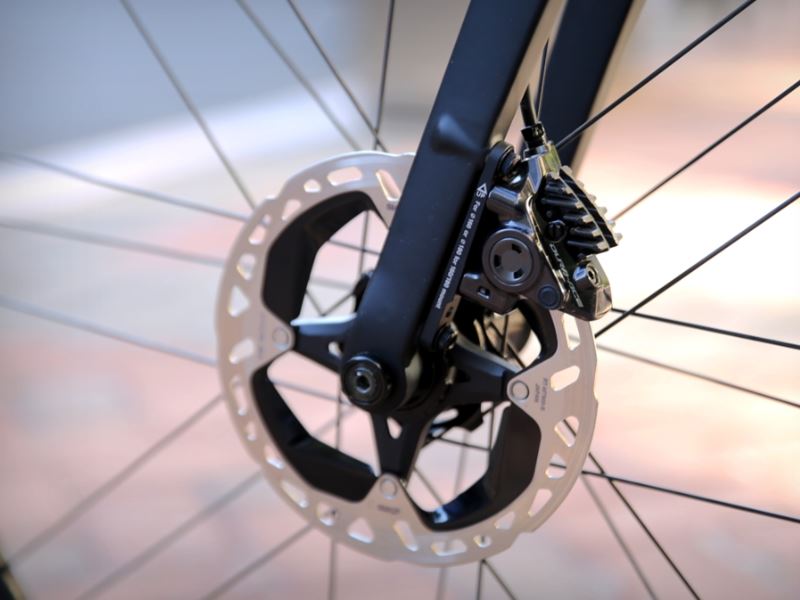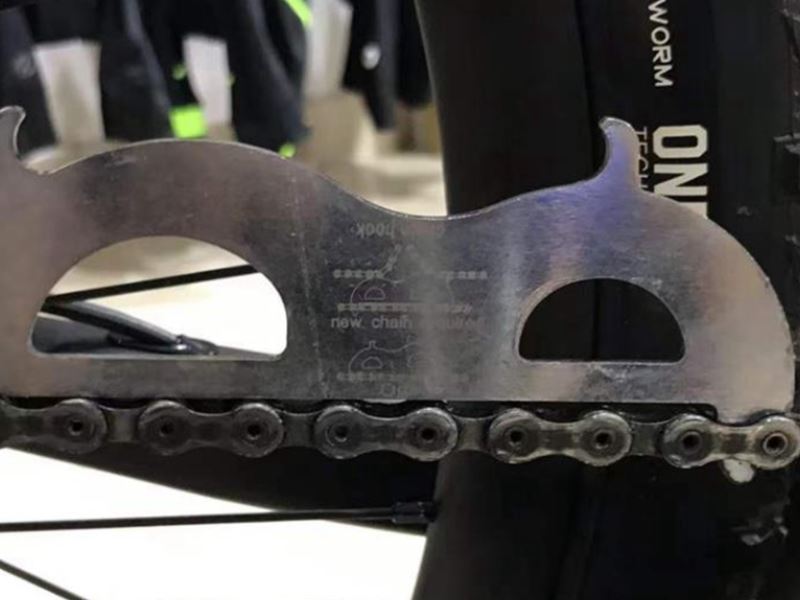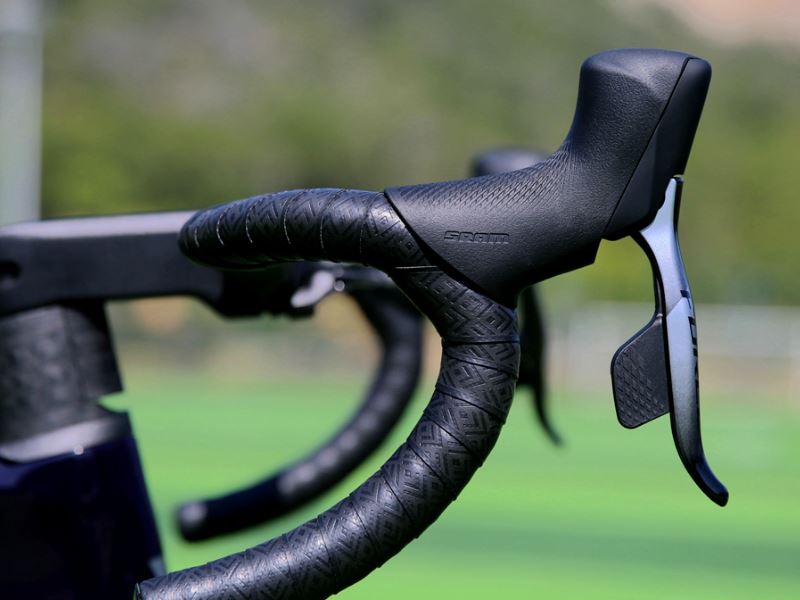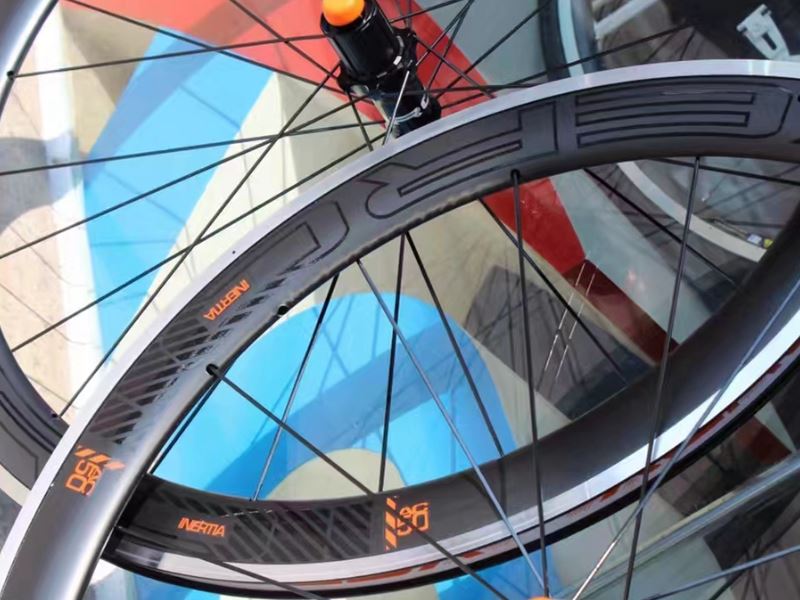by Tiffanybikes
Share
by Tiffanybikes
Share

With the full popularity of the disc brake system for road bikes, the road bike market has completely resolved the debate between disc brakes and rim brakes. It can be said that disc brakes have completely taken over the rim brakes. But in road disc brakes, there is another debate, so is it better to use hydraulic brakes or mechanical wire brakes?
Today, I also take this opportunity to learn about the advantages and disadvantages of the two different types of brakes, so that consumers can use them as a reference in their later purchase choices.
Advantages and disadvantages of hydraulic disc brakes for road vehicles:
In general, hydraulic disc brakes are the undisputed winner in terms of performance. They are more dominant in terms of feel, braking force and control. This performance advantage is that it is transmitted from the brake lever to the caliper. higher efficiency.
The key aspect of hydraulic disc brakes is the brake fluid, no matter what mineral oil or DOT oil the brake fluid is, the point is that the brake fluid is incompressible and the tubing it flows through doesn’t expand under pressure. Because of this, when you use the brake lever to push a certain volume of brake fluid onto the caliper, it can immediately bring enough braking force, and it can be said that there is almost no “signal attenuation” phenomenon.
The brake lever of the hydraulic disc brake (commonly known as: hand change) is usually larger than the mechanical brake lever, because it must place a cylinder at the position of the brake lever, but the size is not much different.
At the same time, the hydraulic brake hose also doesn’t create friction like a traditional cable and housing, and it is more able to withstand greater bending. And because the system is hermetically sealed, it is inherently weatherproof. In addition, so-called “open” hydraulic disc brake systems are often used for pad wear and are self-regulating, so there is little need for short-term maintenance and re-adjustment of lever travel.
In the cycling arena, all riders also recognize the bikes equipped with hydraulic disc brakes, which can provide riders with excellent braking performance. The simple understanding is that it does not require a lot of effort to provide enough braking power, which makes the driver operate with more confidence.
However, hydraulic braking is not without its drawbacks. In practice, the tolerances between the caliper piston seals are susceptible to contamination by external factors, which can cause the pistons to not retract as quickly as they originally did, and the brake pads to produce an annoying friction sound with the disc (so-called rubbing). dish).
The caliper-piston clearance of hydraulic disc brakes is small. Usually, after the brake pads are installed, the gap between the brake pads and the disc is very small, generally only about 0.5 mm of space on both sides. Therefore, it is not an easy task to adjust correctly, especially the disc is usually difficult to ensure a fully seated state, so it is not easy to adjust the brake of the hydraulic disc brake to a perfect state.
Also, air is incompressible if it gets into the hose and the cylinder, so when you transmit the braking force to the brake lever to the caliper, somewhere in the brake system is squeezing a bunch of air, which will make the brake stroke Reduced, the braking force is also reduced. Therefore, when this happens, seek the help of a garage technician to empty the air inside the brake system and refill it with oil.
Advantages and disadvantages of mechanical disc brakes for road bikes:
With all of this in mind, it might sound like mechanical disc brakes might be more ideal, but that depends on your situation and usage. But then again, while hydraulic disc brakes can produce a lot of stopping power, it’s not what everyone needs, and not everyone deals with the headaches of hydraulic disc brake systems.
The working principle of mechanical disc brakes is similar to that of traditional rim brakes. It passes the brake wire core into the brake tube, then pulls the wire core by the brake lever, and then uses the lever arm on the caliper to make the internal structure push the brake pad toward the brake pad. disc to generate braking force.
And mechanical disc brakes are also divided into single-piston and double-piston. Single-piston mechanical disc brake calipers usually need to use a fixed pad on the inside, so it is a bit tricky to adjust them to an optimal performance, and the fixed pad will not. Adjust the worn gap by yourself.
However, mechanical disc brakes are relatively easy to repair in other areas. In essence, mechanical disc brakes are easier to operate when adjusting, and you will find that when you adjust to your suitable brake lever stroke, the gap between the brake pads on the caliper is larger than that of the hydraulic disc brake, making Easier to adjust.
Remember the efficiency of the hydraulic disc brake braking force mentioned above? The disadvantages of mechanical disc brakes are completely exposed here, especially in the current era of full internal cable routing design, the cable tube is bent at a large angle at the head tube position, which increases the friction. The effect of this is that you need to apply more force to the brake lever when braking to get the braking force you want. Especially when going downhill, the hydraulic disc brake can easily get the braking force you want with two fingers, while the mechanical disc brake may need 3-4 fingers to get it you want.
So which one is right for you?
Overall, hydraulic disc brakes are indeed better than the rest of the category, delivering more stopping power, easier control, and more consistency. While he has some nuanced hiccups, past experience shows that these are usually few and far between.
The “out-of-stock tide” brought about by the epidemic has made it difficult to find a bike in the cycling circle. Even if some brands can order a bike, the delivery time varies from a few months to more than half a year. There are many bike fans who can’t wait to turn their attention to […]
Whether you’re a big cyclist or a novice cyclist, who hasn’t made some mistakes on the bike? For example, when the new bike is installed, the vehicle accessories are installed incorrectly, the equipment model is not matched when the accessories are upgraded, the fault judgment is wrong, and there is wasted effort in disassembly and […]
Today, most mountain bikes on the market are equipped with front fork shock absorbers, and even many gravel bikes are equipped with micro-travel shock absorbers in order to cope with more complex road conditions. There is enough suspension travel on a bicycle to measure the bumps that the bicycle can absorb, so what kind of […]
As the saying goes: “A good horse with a good saddle” roughly means that a road bike with superior performance should be equipped with a set of wheels with the same excellent performance. Usually a road bike can make you notice at first glance in the bike group, the first factor is the overall feeling, […]



